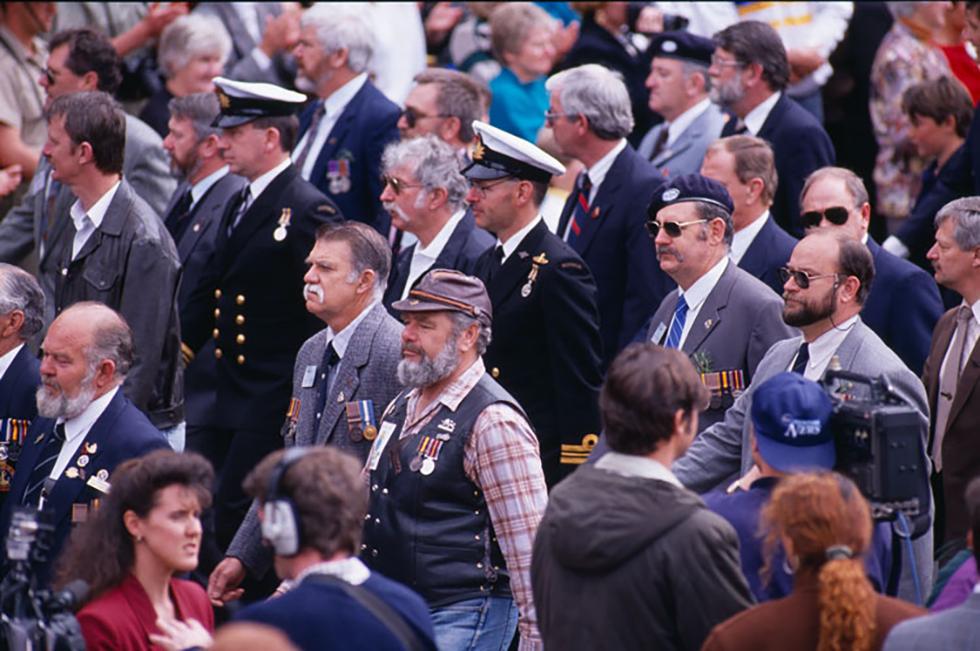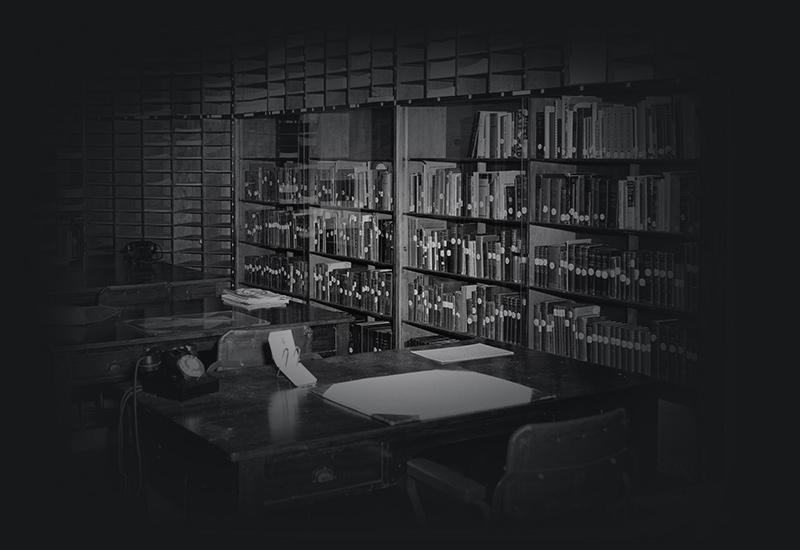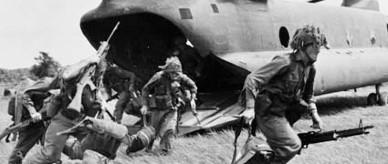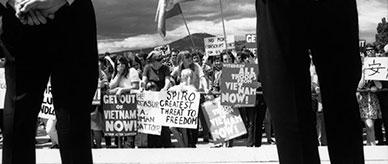


About this record
This is a colour photograph showing a group of Vietnam veterans, including two in Royal Australian Navy (RAN) uniform, marching at the dedication of the Australian Vietnam Forces National Memorial on Anzac Parade in Canberra on 3 October 1992. It is estimated that 25,000 veterans marched that day. Also in the photograph are members of the watching crowd and a media crew.
Educational value
- The march past and dedication of the Australian Vietnam Forces National Memorial were highly significant events for Australia's Vietnam veterans. They provided the first opportunity for a truly national parade of Vietnam veterans in Australia's capital city. This was long-overdue recognition, in Australia's foremost commemorative setting, of the service of Australian military forces in the Vietnam War (1962-75) and a chance to assuage the anger felt by veterans at their treatment.
- About 25,000 veterans took part in the march, going on for half of the 60,000 Australians who served in the Vietnam theatre of war, and for many of those participating the march served as a belated welcome home parade. There had been no national celebration or victory parade in the 1970s because the War had been deeply divisive and ended in withdrawal. It was not until 1987 that the Vietnam Veterans Association of Australia was able to organise a major national parade in Sydney.
- With its cost of just over $1.2 million funded largely by private and corporate donations, the Memorial represented a change in the Australian public's perception of the nation's involvement in Vietnam. At first, the War was strongly supported although that changed over time, and by the 1970s the majority of Australians opposed Australia's involvement in the War. Twenty years later the public supported commemoration and recognition of those who had served in Vietnam.
- From 1962 until 1973, when the Australian forces were withdrawn, about 60,000 Australians served in the Vietnam War: 42,700 in the army, 4443 in the air force and 2825 in the navy. Of those, 521 died and around 3000 were wounded. The names of the dead are inscribed on a roll of honour within the memorial, and three memorial 'seats' commemorate Australia's six servicemen missing in action in the conflict.
- Australia's involvement in the Vietnam War began in 1962 when 30 military advisers were sent to South Vietnam. By 1965 it was apparent that the South Vietnamese government forces could not hold out against local insurgents and North Vietnamese forces. The United States then increased its commitment of troops. Australia responded to a request from South Vietnam and increased its forces in May 1966 with army personnel reaching a peak of 8500 at the height of Australian involvement.
- Most of those who marched in 1992 had served in the army, but the presence of naval personnel in the photograph is a reminder of the contribution of the Australian navy. The Vietnam War represented a major shift for the navy, which served in support of the army rather than independently.
Acknowledgments
Learning resource text © Education Services Australia Limited and the National Archives of Australia 2010.
Related themes
Need help with your research?
Learn how to interpret primary sources, use our collection and more.


